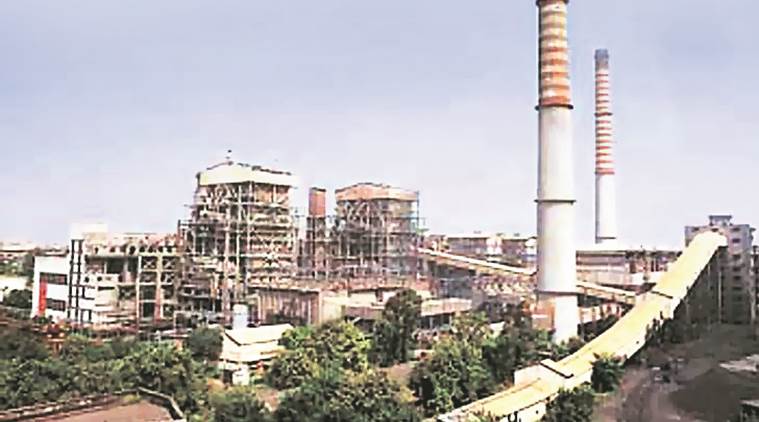 Badarpur thermal plant. (File)
Badarpur thermal plant. (File)
Blamed for contributing to 11% of PM 2.5 levels in Delhi’s air, the Badarpur thermal power plant is expected to shut permanently by the end of this month — well before its July 2018 deadline. The power plant — the most polluting one in the country as per a Centre for Science and Environment (CSE) report published in 2015 — has an installed capacity of 700 mW but was functioning at a lower capacity.
“Even though the plant was cleared to start functioning, we don’t require the power yet. So, there is no generation. We can still start it if the power demand goes up. We don’t need it till peak load hits 4,000 mW. However, once the interstate Tughlakabad 400 KV station is ready to pump power to south Delhi, we will not need the Badarpur plant,” power secretary Varsha Joshi said.
According to power department officials, Tughlakabad station will start supplying power to south Delhi in a few weeks’ time.
In an order on March 1, the Delhi Pollution Control Committee (DPCC) lifted restrictions on the functioning of the Badarpur plant, which had been shut for four months due to rising pollution levels in the capital.
However, the DPCC directed authorities to ensure sprinkling of water on the fly ash pit, and make sure that there are no “fugitive emissions”. It also directed them to ensure that lifting and transportation of fly ash does not result in pollution. In Delhi, fly ash is among the primary sources of pollution during the summer.
According to the IIT-Kanpur pollution apportionment study of 2015, the plant contributes to around 11% of PM 2.5 in the capital’s air. The report also states that 26% of the city’s PM 2.5 comes from coal and fly ash emitted from the plant in summer.
As per CSE’s study, on thermal power plants, Badarpur was the poorest performing. It contributed to around 8% of Delhi’s power between April-October 2015, but contributed to 80% of pollutants.